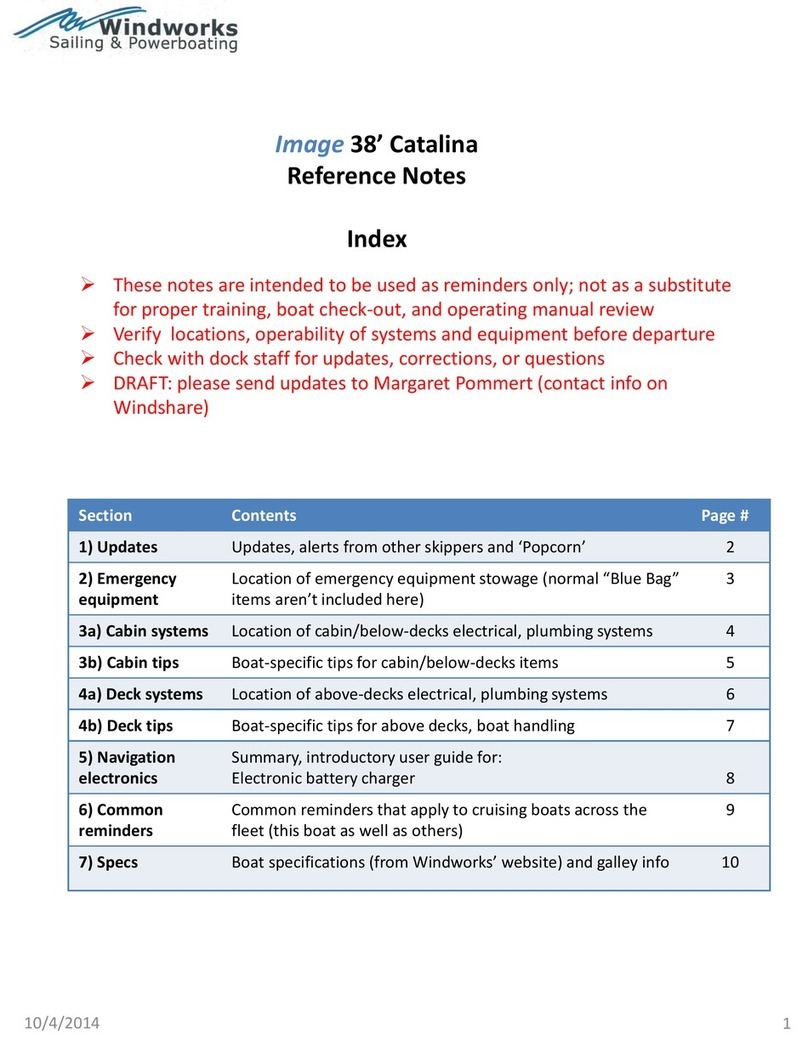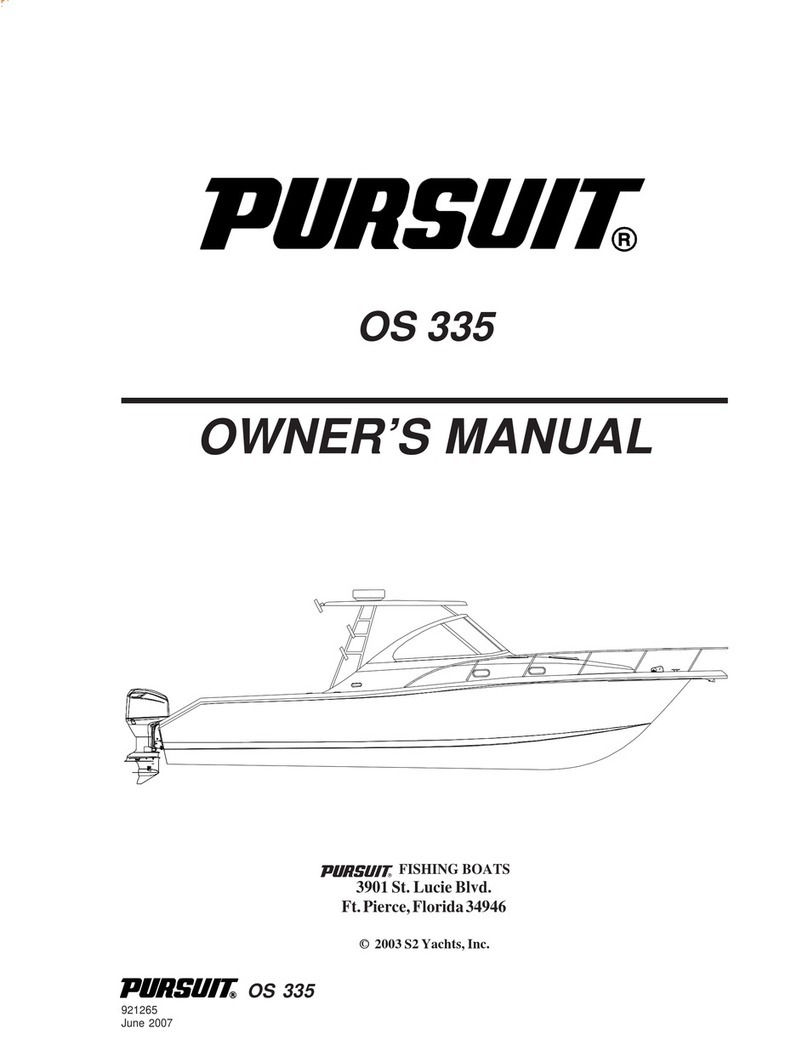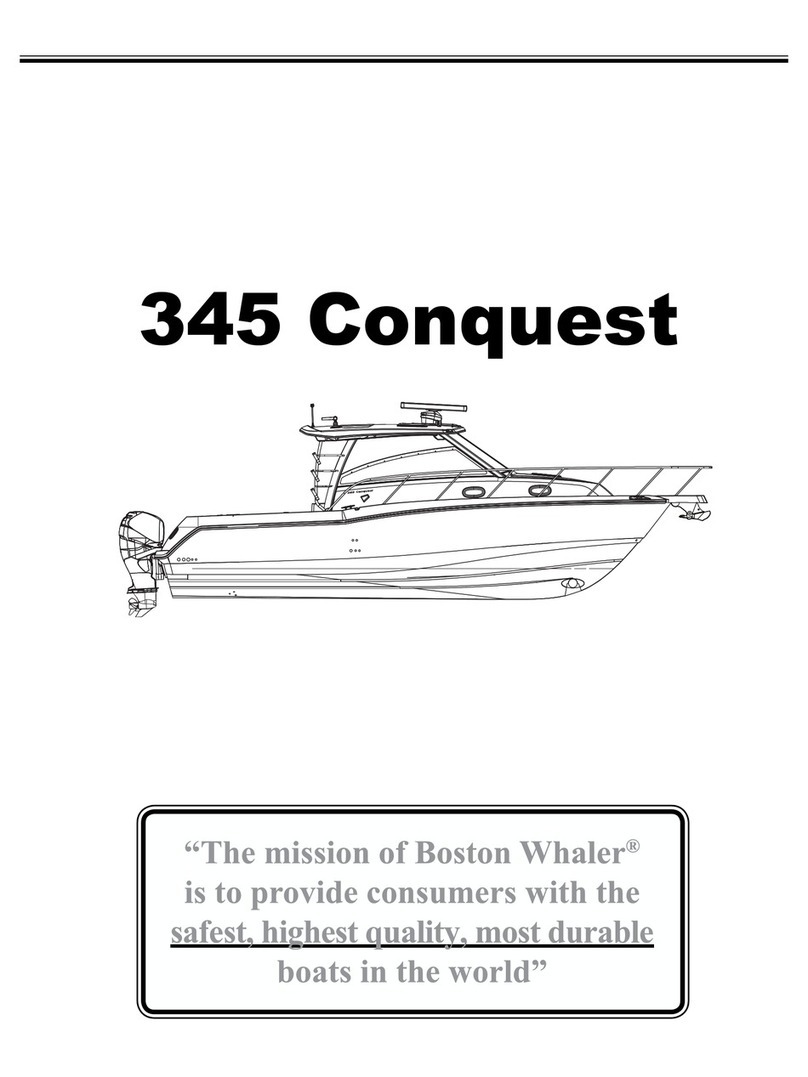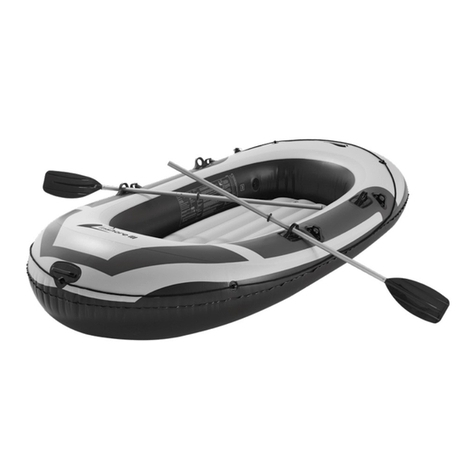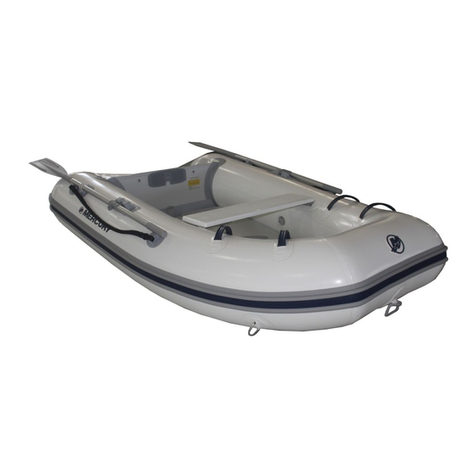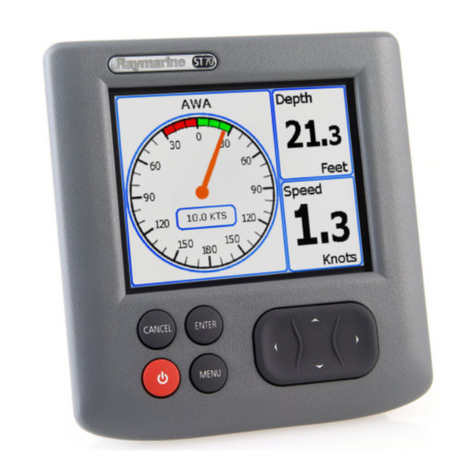Hyundai HDFN35T User manual
Popular Boat manuals by other brands

Jeanneau
Jeanneau SUN ODYSSEY 41 DS owner's manual

Meridian
Meridian 490 Pilothouse owner's manual
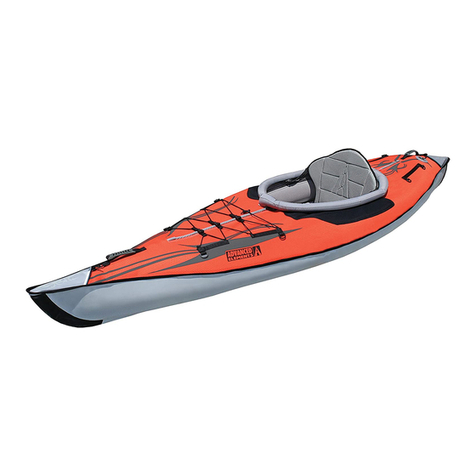
Advanced Elements
Advanced Elements AdvancedFrame Expedition AE1009 owner's manual
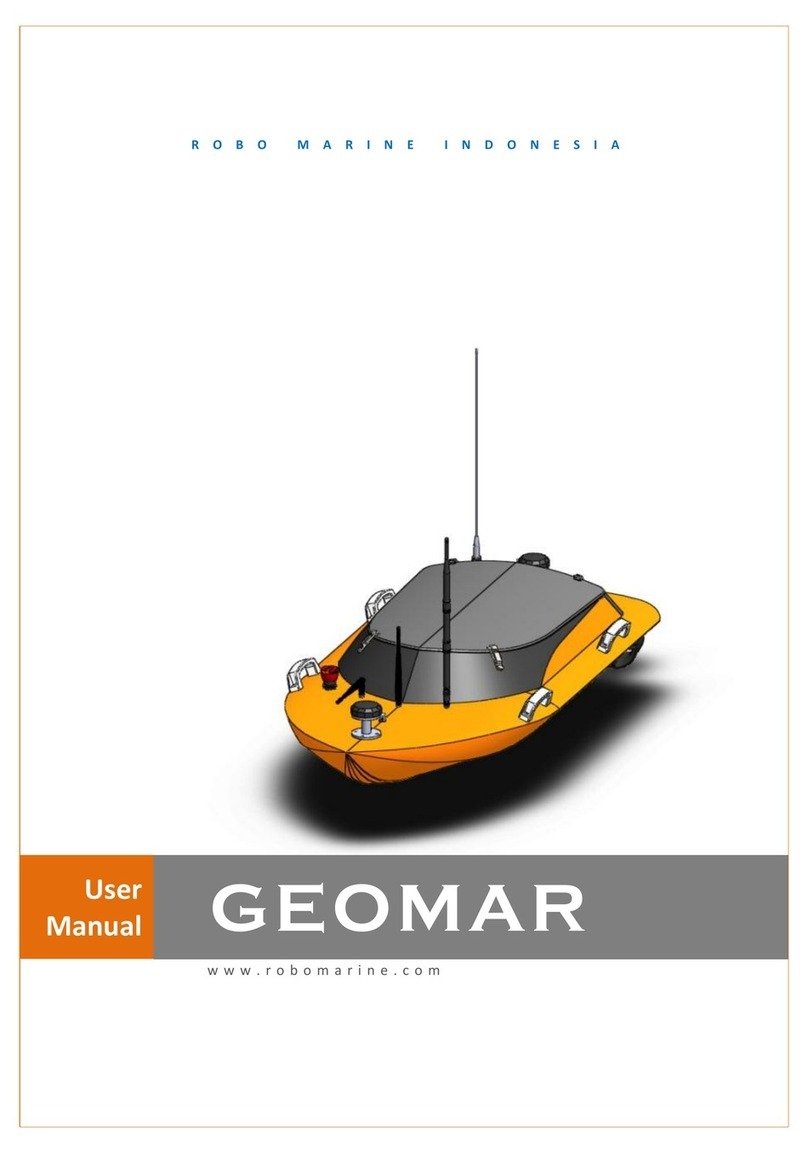
Robo Marine Indonesia
Robo Marine Indonesia GEOMAR user manual
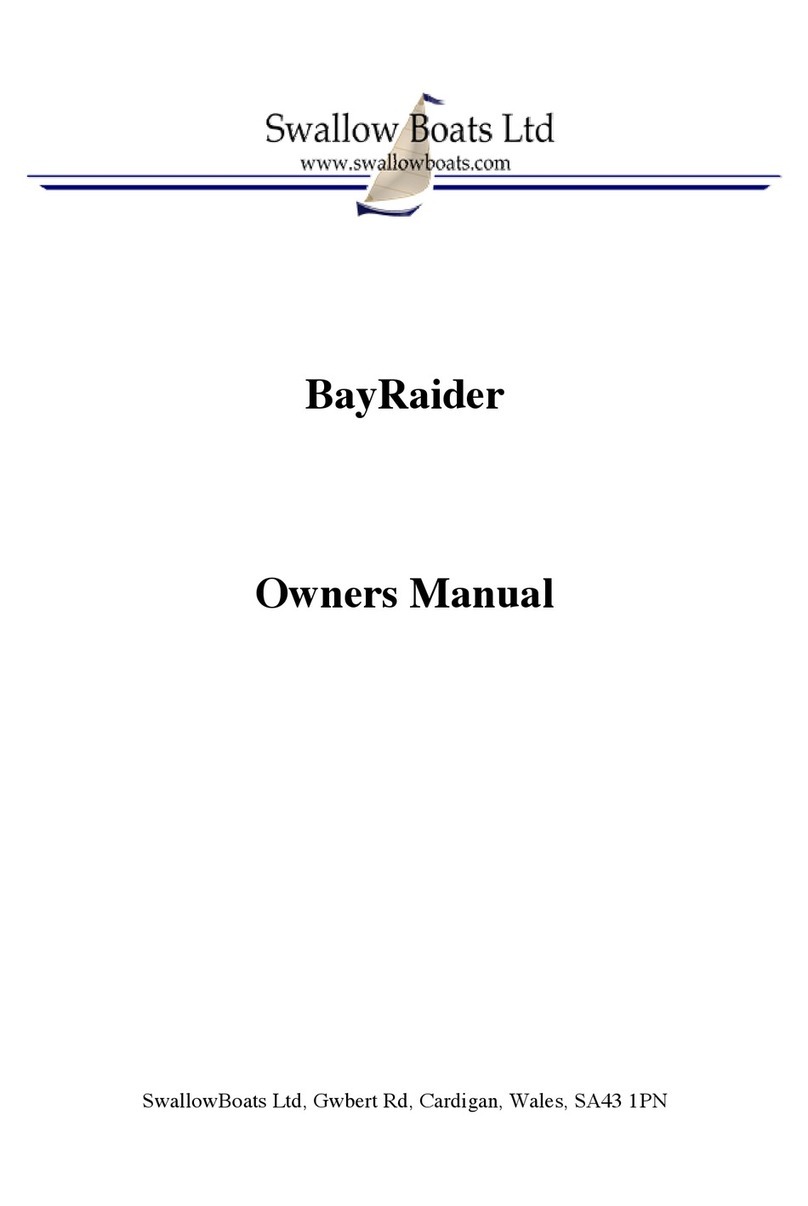
Swallow Boats
Swallow Boats BayRaider owner's manual
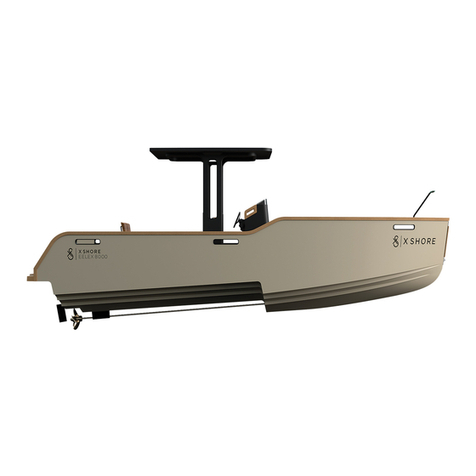
X SHORE
X SHORE EELEX 8000 owner's manual
